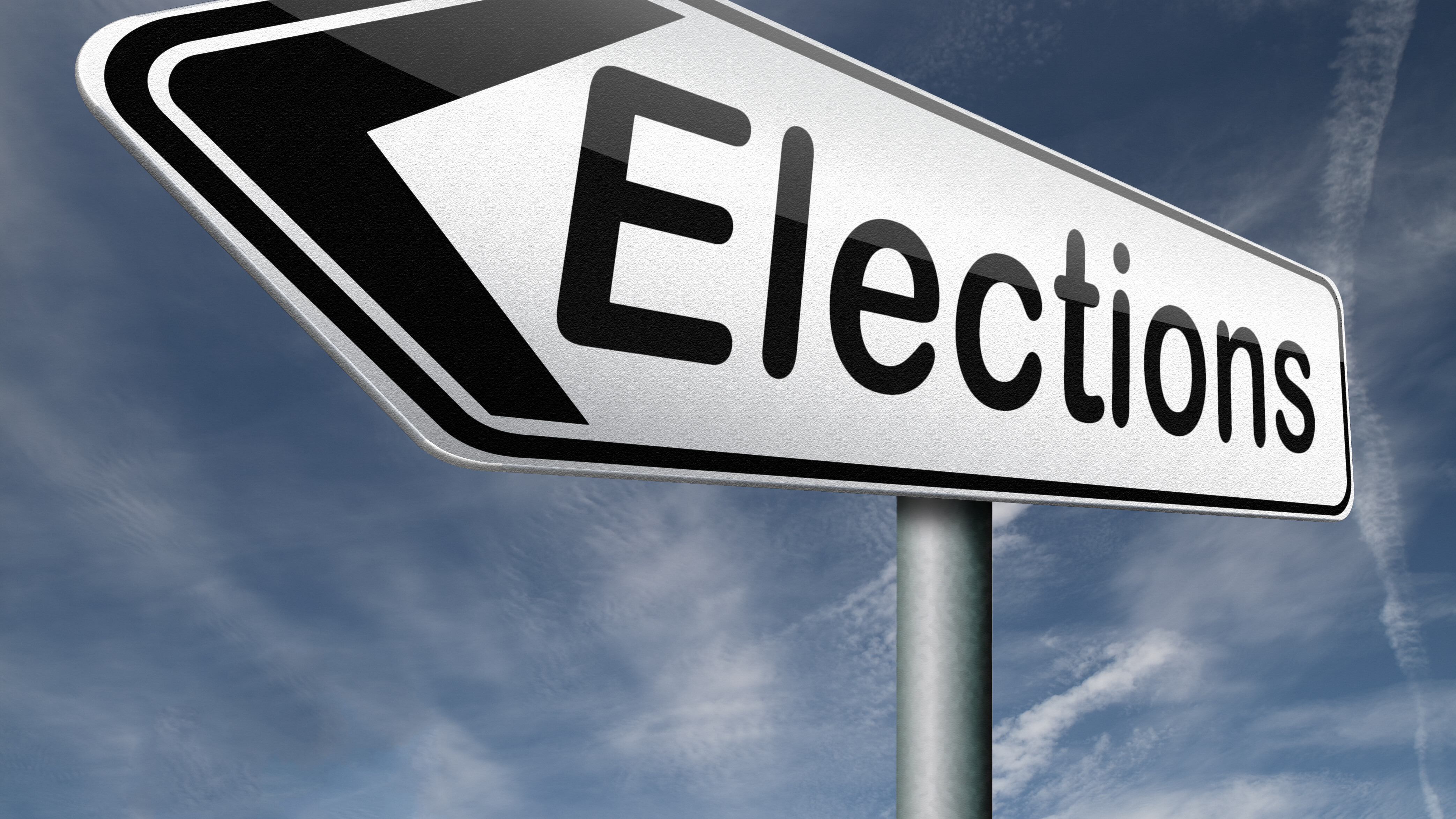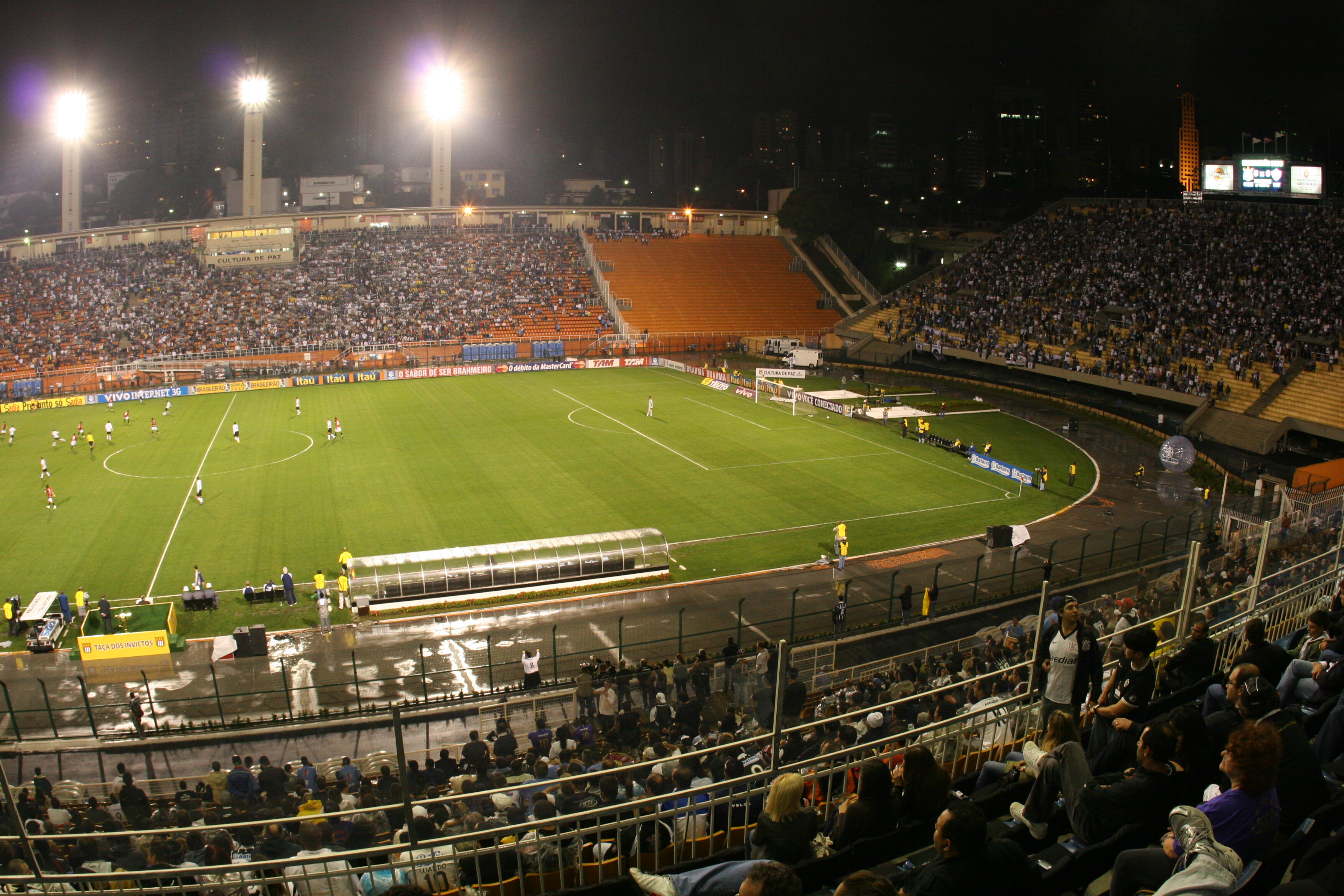Election year in Latin America
This year sees presidential elections in 7 of Latin America's 19 countries. New rulers could mean new rules of the game for British investors and businesses, so LatAm INVESTOR takes a look at what's coming up in 2014...

Baby Kissing Time
It is election year in Latin America with presidential candidates in seven out of the region’s 19 countries facing the ultimate test at the ballot box. But while the plethora of free and fair elections is a tribute to Latin America’s relatively recent democratic credentials it is also a crucial time for investors. New governments can mean a change to the rules of the game, making politics an important factor for long-term investors.
So what should investors look out for? Well the elections should be easy to track, as they start at the top of the region and slowly move southwards as the year progresses.
February will see a spate of elections in Central America. In Costa Rica, one of Central America’s richest and most peaceful economies, the struggling Laura Chinchilla could well be replaced by the country’s first ever socialist government. Nearby El Salvador also goes to the ballot box that month, although in this case it’s the left that are the incumbents hoping to cling on to power. The final Central American country who politicians are in action this year is Panama, in May. The tiny economy has boomed in recent years and done well to leverage its strategic canal asset. However, investors would appear to have little to worry about as both leading candidates appear to have a similar economic approach.
The Major Economies
The battle of the big guns starts on the 25th of May when Colombia’s current president, Juan Manuel Santos, looks to win another term in power. As we noted in Colombia Calling, the special report inside our winter edition, the president’s approval rating is not high. Indeed despite apparent progress in the peace process it stands at just 20%. Yet fortunately for JMS, his opponents are faring even worse and his re-election seems likely. That mean investors can expect more of the same in Colombia, where the government has focussed on improving infrastructure and productivity.

Of course this year the eyes of the world will be on Brazil for the World Cup in summer. But while the attention of football fans may drift after the July final, investors will be keeping a close eye on the country until the October elections. President Dilma Rousseff has struggled to cope with a flat-lining economy and domestic protests. Yet the massive improvements in living standards that her Workers Party has delivered over the last decade has ensured a loyalty that make her the electoral favourite.
As the year draws to a close the region’s election circus finally reaches the southern cone. First in tiny Bolivia Evo Morales is expected to walk away with the contest in November. Morales may have annoyed some investors with his expropriations of international businesses yet he boasts a proud record of poverty reduction and economic growth. In Uruguay Jose Mujica is another unconventional, but hugely successful, left-wing president. He won’t be standing for another term, however, but his support should ensure an easy ride for his successor Tabare Vazquez.
And the Markets?
But investors looking at this election schedule can’t take anything for granted. For starters, Latin American presidential candidates of a habit of surprising investors when they come to power. A perfect case in point is Peruvian President Ollanta Humala. When he was elected the Lima Stock Exchange suffered one of its biggest one-day drops. But it soon recovered when Humala revealed he was more business-friendly than had been supposed. As the saying goes, ‘a week is a long time in politics’, so we could see plenty of shocks in the months to come.